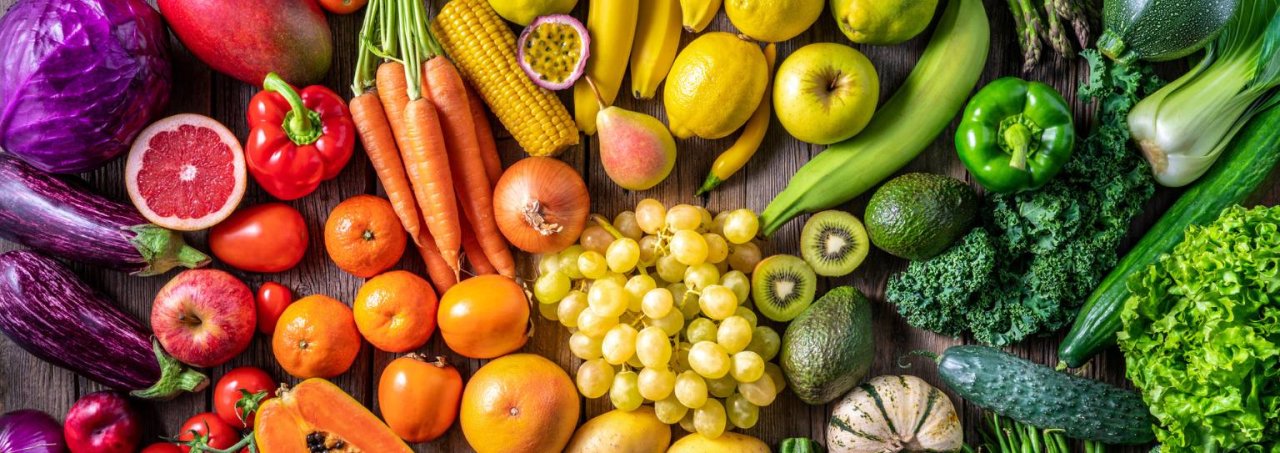
Facebook and Twitter are relatively new marketing platforms. What we all know is how powerful these social media platforms are for businesses in virtually every sector. Local grocery stores continue to face stiff competition from supermarkets right across the UK, but social media can be a force to even the balance.
The truth is that there is more awareness about food quality than ever before and supporting local businesses is important to the majority of people. This all means social media can be a grocery store’s best friend.
Here is the mistake most people make:
Sharing too much self-promotional content and alienating their audience. Just because social media is the latest thing and just because it’s free to manage, this doesn’t mean you have to use it to share corporate messages and adverts around the clock.
Social media for grocery stores: the key
Here’s the important bit:
People browse social media in their free time. They’re engaging with their friends and family, the pages of celebrities and TV shows they love, how do you think they’ll take to in-your-face selling? Exactly. If you’re human, you’ll know how annoying it is to have unsolicited adverts crop up whilst you’re minding your own business. Well, guess what, that’s exactly what self-promotional social media content looks like. So what can you do?
You need to add value to your audience.
Facebook for grocery stores
Facebook is a great platform on which to add value to your audience and showcase what your business has to offer. About 80% of your content should create a positive response from your audience: make them smile, make them think. Do you have an interesting piece of information on a new product? Have you come across a great new recipe that you know your audience would love?
The other 20% can be more promotional – latest offers or deals on certain goods. After all the value-adding content, your audience is less likely to perceive ‘the hook’ for the pure selling message it is. On top of all this, if you’ve been producing great content for them to enjoy, they’re far more likely to feel indebted to you and take you up on the offer!
Facebook should become a hub of information about your industry but it also acts like a mini website for your grocery store; a directory of your website, contact details and location as well as portraying the company’s value and ethos. If you have an online shop, it should be easy for Facebook fans to navigate there to buy.
But that’s not the best part:
Twitter for grocery stores
Twitter is an incredibly useful tool for grocery stores. Here, you can actually go out and find members of your target audience and start talking to them. Being able to go and find local people who may not know about your store and creating a relationship is invaluable to small businesses. It is this ability that makes Twitter so much more than a content platform, like Facebook.
We highly recommend that you set up a Hootsuite account. If you’re serious about generating a positive return on your social media management, you’ll get Hootsuite – it doesn’t have to cost you anything.
Hootsuite not only enables you to schedule your value-adding content across Twitter and Facebook but it means searching for and engaging with your target audience is much more efficient. Set up searches for people using conversation drivers near your store. Conversation drivers are phrases your audience will be sharing over Twitter which identify them as members of your audience. By using location searches, you can make sure they’re local.
For a grocery store, these conversation drivers might be “going shopping” or “going into town”. “Fresh fruit” or “local produce” might also yield some results. The name of the town or village in which your store is located will be mentioned. If you know your customers live within a 5-mile radius, for example, you can set up the searches for this area. Hootsuite will create streams of the people who fulfil these criteria. Now you can go and speak to them!
Of course, if you also sell online, you may be less restricted by location for certain search terms and you will have far more results to use.
LinkedIn and other platforms
If you’re looking to cultivate new relationships with suppliers or other businesses, LinkedIn is the place to be. Depending on the size of your store, you may wish to set up a company LinkedIn page but ensure your own personal profile is up to scratch. LinkedIn searches for people with the job title you need might create a list of people you should be speaking with.
Image sharing platforms like Instagram and Pinterest might be useful, especially if your grocery store is unique and looks great. A more boutique or rustic store, for example, would be very shareable, as well as arty pictures of fruit and vegetables! See if anyone is mentioning your company name on Instagram – if your audience is there, it might be worth having an account.


